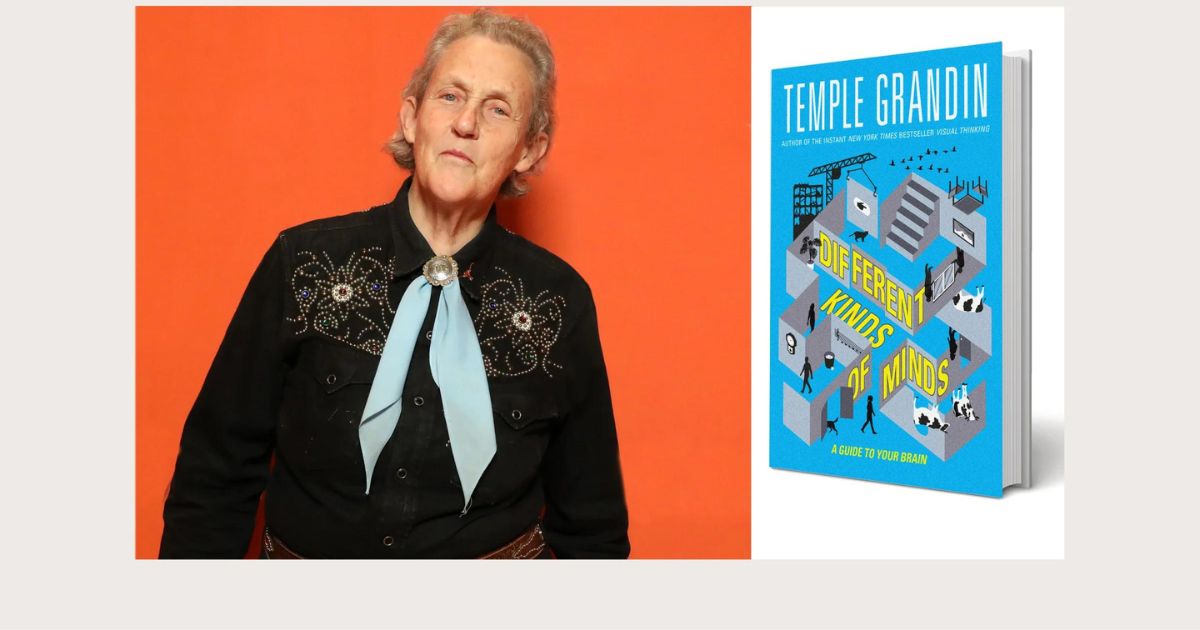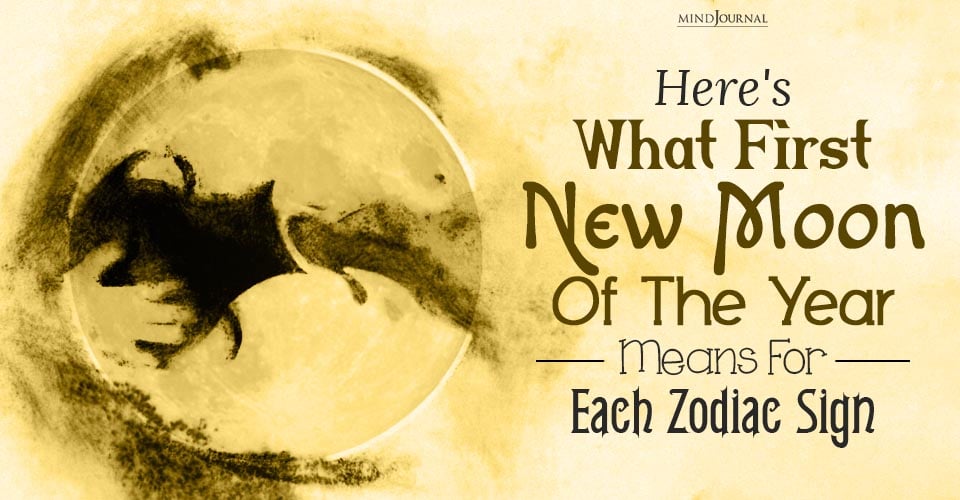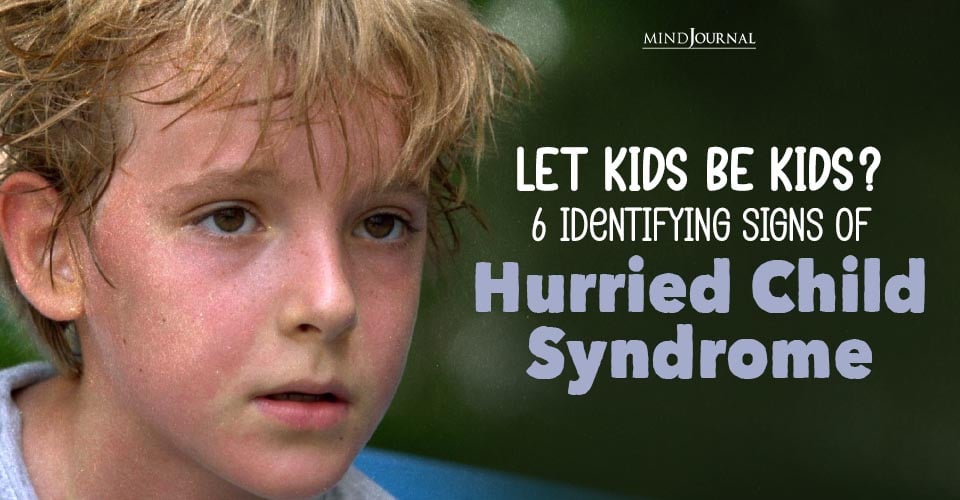In her latest endeavor, “Different Kinds of Minds: A Guide to Your Brain,” renowned scientist and autism advocate Temple Grandin delves into the intricacies of varied thinking styles.
Aimed at young readers, this adaptation of her 2022 New York Times bestseller, “Visual Thinking,” seeks to broaden the understanding of visual and verbal thinking among children and teens.
Grandin, who has autism, emphasizes the need to recognize and appreciate diverse thinking approaches, offering insights into the positive and, sometimes, challenging aspects of each.
1. The Spectrum of Thinkers
Grandin identifies two primary thinking styles: verbal thinking and visual thinking. Verbal thinkers predominantly process information in words, while visual thinking encompasses two subtypes.
- Object Visualizers: Individuals like Grandin, who think in pictures, excel in areas such as art, mechanics, animal care, and photography but may struggle with abstract math like algebra.
- Spatial Visualizers: These thinkers perceive the world through patterns, excelling in fields like mathematics and music where patterns play a significant role.
Grandin acknowledges that most people exhibit a mix of thinking styles, but some, particularly neurodivergent individuals with conditions like autism or ADHD, may lean strongly towards one type.
2. Transforming Education and Workplaces
The U.S. education system, according to Grandin, predominantly caters to verbal thinkers, neglecting the needs of visual thinkers. To address this, she advocates for the reintroduction of hands-on classes like shop and sewing, recognizing them as environments where visual thinkers often thrive.
Grandin suggests adjusting the emphasis on algebra in schools, proposing alternatives like geometry, accounting, statistics, or business math for object visual thinkers. In the workplace, she urges human resource professionals to acknowledge the existence of visual thinkers and adapt recruitment processes accordingly.
For instance, when hiring a mechanic, assessing practical skills such as rebuilding a car might be more insightful than traditional interviews.
3. Nurturing Young Visual Thinkers
Grandin’s book targets middle school students, a critical phase when career considerations come into play. She stresses the importance of early exposure to various tools and experiences, allowing children to discover their interests and aptitudes.
Whether it’s exploring the trades or delving into the arts, Grandin emphasizes the need for hands-on learning to help kids identify their strengths and preferences.
“Different Kinds of Minds” is not just a book but a call to revolutionize the way society views and nurtures diverse thinking styles. Temple Grandin’s insights bridge the gap between neurological differences and societal expectations, offering a roadmap for educators, parents, and young individuals to embrace the richness of varied cognitive approaches.
As she aptly puts it, “We need different kinds of minds. We need these different approaches to problem-solving.”









Leave a Reply